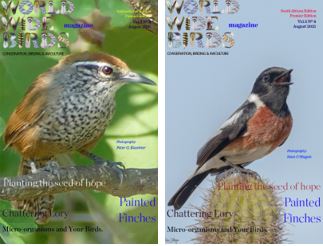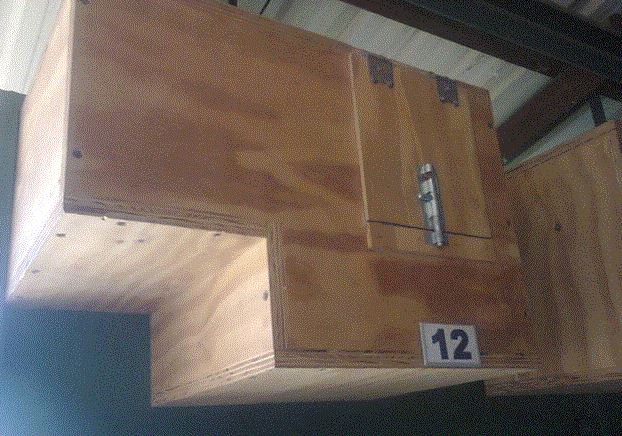Red-rumped Parrot: Breeding, Parakeet, Foster
The Red-rumped Parrot: Psephotus haematonotus – The natural range of the Red-rumped Parrot is in south-west Australia, particularly inland. It is one of the few Australian parakeets that has benefited from the arrival of man. With the large-scale deforestation and the cultivation of crops, as well as the planting of grasses for pasture, the numbers of red-rumps have soared.
These parakeets are now found in larger areas of Australia than ever before. In their natural habitat they prefer open grasslands with wooded patches, especially along water courses. They are also found in increasing numbers in cities and towns, where they exhibit a preference for parks and golf courses.
A deep dive discussion video about this blog post is now available on YouTube:
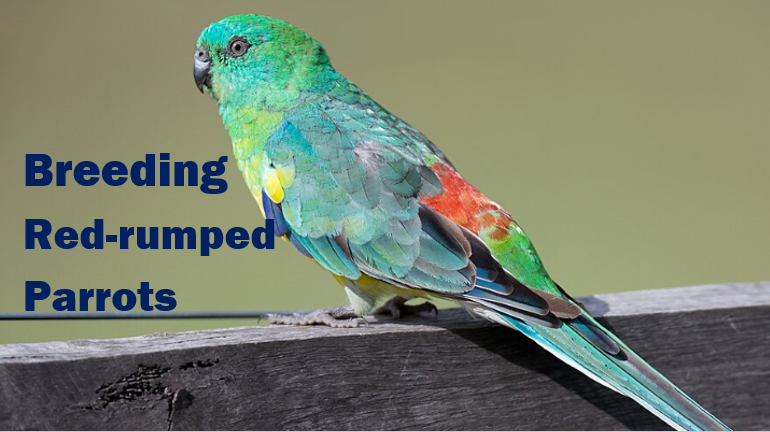
Red-rumped Parrot in aviculture
In my opinion, this is a great pity, because Red-rumps are one of the most interesting parakeets around. They do not require large cages and are also not fussy as regards to diet. Red-rumps are also among the quietest parrots, and when they do exercise their voices it is in melodious song. For this reason, their German name is “Singsittich” (Song Parakeet).
On the whole, they are definitely the best choice for a beginner birdkeeper. They are hardy, breed relatively easily, are usually good parents and males and females can easily be distinguished from the start. In addition, there is a whole range of beautiful colours to choose from.
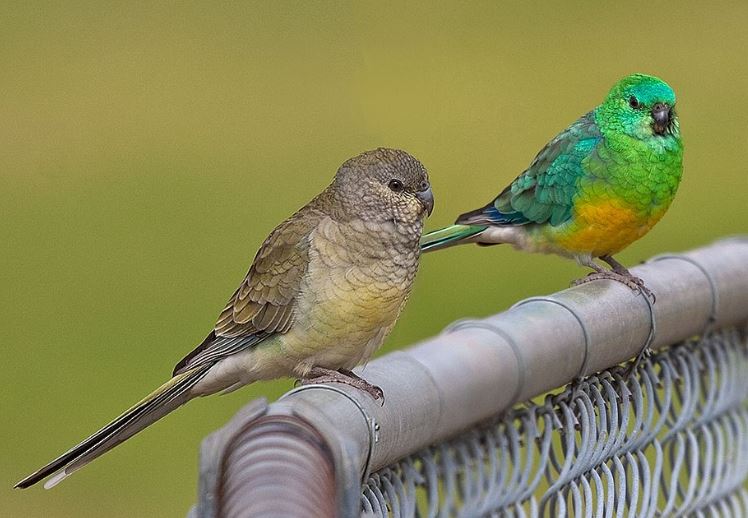
Red-rumped Parrot mutations
This small, interesting Australian parakeet is often overlooked by the average aviculturist. When the new colour mutations arose, they were once again experienced a surge of interest. In this article, I will not outline the inheritance of the various colours mutations because for the most part, the various colours are readily available. Just try to breed the same colours together as far as possible, otherwise, too many chicks with unwanted colouration could be bred. In the wild, there are two identified sub-species, which is of no importance in our aviaries, since the two sub-species have been interbred so extensively that there is no longer any clear distinction between the two.
Red-rumped Parrot: Used as foster parents
As foster parents the Red-rumps have no equal. The following parrots have been raised from egg to perch:
I have even placed Galah and Major Mitchell cockatoo eggs under Red-rumps after the eggs have pipped in an incubator, and the chicks were successfully raised until they could be rung. Red-rump hens are too small to keep such large eggs warm for long enough. Before using Red-rumps as foster parents, first ensure that they raise their own chicks well before using them as fosters. Also bear in mind that a Red-rump hen will not brood for longer than 20 days after she has laid her last egg.
Red-rumped Parrot Feeding
In nature, Red-rumps mostly eat seeds from grasses and shrubs. They will hardly ever eat fruit or berries but will eat a lot of greens. In captivity, they flourish on a diet of normal seed mix, with limited sunflower to prevent them from becoming overweight. This diet can be supplemented with a little bit of soft food and greens to provide balance.
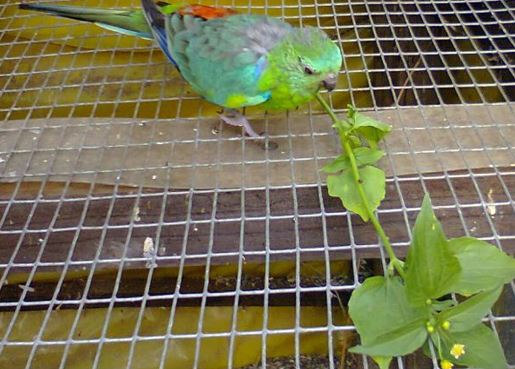
Cage and Nest box
Providing housing for these parrots is quite straightforward. I find that a suspended cage 600 mm X 900 mm high X 2 m deep will suffice. In such a small cage the perches should be placed as close as possible to the front and back of the cage, as the usable area is limited by the distance between the two perches.
Red-rumps can even be kept in very small cages, such as those used for Lovebirds. If they are kept in cages of this size, they should be moved to large cages after the breeding season. All the males should be housed in one cage and the females in another. The purpose of this is to let them fly and build up their strength and health in advance of the next breeding season.
Red-rumps are also not fussy about nest boxes. Boxes with an internal measurement of 180 mm X 180 mm X 450 mm high would be ideal. If the pair is not going to be used for fostering, the internal measurement can be reduced to 150 mm X 150 mm.
Conclusion
A normal clutch would comprise between four and seven eggs which are brooded exclusively by the hen for nineteen days. While she is brooding, she will mostly be fed by the male and will normally fly out of the nest to be fed. After the chicks have hatched, they will primarily be fed only by the female. As the chicks grow the male will also begin helping with the feeding. After four weeks the chicks will leave the nest and it will take about two weeks for them to feed themselves.
At this point it is essential to watch the male, as he may attack and injure the chicks, particularly any males. When the pair wants to breed again, the father will view the sons as competition. Red-rumps will easily breed twice and sometimes three times per season.
Also, bear in mind that under no circumstances should more than one breeding pair of Red-rumps be housed in a single cage.

